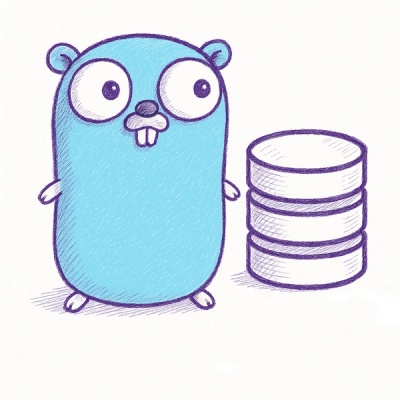
Security News
Browserslist-rs Gets Major Refactor, Cutting Binary Size by Over 1MB
Browserslist-rs now uses static data to reduce binary size by over 1MB, improving memory use and performance for Rust-based frontend tools.
Badgin makes it easy to subtly notify the user that there is some new activity that might require their attention, or it can be used to indicate a small amount of information, such as an unread count.
The Badging API is a new web platform API that allows installed web apps to set an application-wide badge, shown in an operating-system-specific place associated with the application (such as the shelf or home screen). The Badging API works on Windows, and macOS, in Chrome 81 or later. It has also been confirmed to work on Edge 84 or later. Support for Chrome OS is in development and will be available in a future release of Chrome. On Android, the Badging API is not supported. Instead, Android automatically shows a badge on app icon for the installed web app when there is an unread notification, just as for Android apps. Since this API is not available everywhere, badgin safely falls back to alternatives.
Currently, the native badge is only displayed if you install the web application to your home screen (view prerequisites). The screenshot shows the application in the dock of macOS.

If the native badge is not available, the favicon will be used and a small badge will be added.
![]()
If the favicon is not available, the badge will be added as a prefix to the title.

You can find a demo at https://jaulz.github.io/badgin/ where you can see the different options. If you want to see the native badge, you need to install the app to your home screen (check out the plus icon in the address bar).
The module can be installed by running:
yarn add --save badgin
Just use the library as following:
import badgin from 'badgin'
badgin.set(1) // set value
badgin.set() // set indicator only
badgin.clear()
The following options can be used:
{
method: 'Badging' | 'Favicon' | 'Title'
favicon: {
backgroundColor: string = '#424242'
color: string = '#ffffff'
indicator: string = '!'
radius: number = 3
size: number = 7
horizontalMargin: number = 0
verticalMargin: number = 0
horizontalPadding: number = 1
verticalPadding: number = 1
}
title: {
indicator: string = '!'
}
}
And you can use it like this:
badgin.set(1, {
favicon: {
width: 9,
background: '#549A2F',
},
})
MIT
This is a refactored fork of the original Tinycon library, Tinycon is released under the MIT license. Tinycon was inspired by Notificon.
FAQs
Badgin makes it easy to subtly notify the user that there is some new activity that might require their attention, or it can be used to indicate a small amount of information, such as an unread count.
The npm package badgin receives a total of 349,131 weekly downloads. As such, badgin popularity was classified as popular.
We found that badgin demonstrated a not healthy version release cadence and project activity because the last version was released a year ago. It has 1 open source maintainer collaborating on the project.
Did you know?

Socket for GitHub automatically highlights issues in each pull request and monitors the health of all your open source dependencies. Discover the contents of your packages and block harmful activity before you install or update your dependencies.

Security News
Browserslist-rs now uses static data to reduce binary size by over 1MB, improving memory use and performance for Rust-based frontend tools.

Research
Security News
Eight new malicious Firefox extensions impersonate games, steal OAuth tokens, hijack sessions, and exploit browser permissions to spy on users.

Security News
The official Go SDK for the Model Context Protocol is in development, with a stable, production-ready release expected by August 2025.